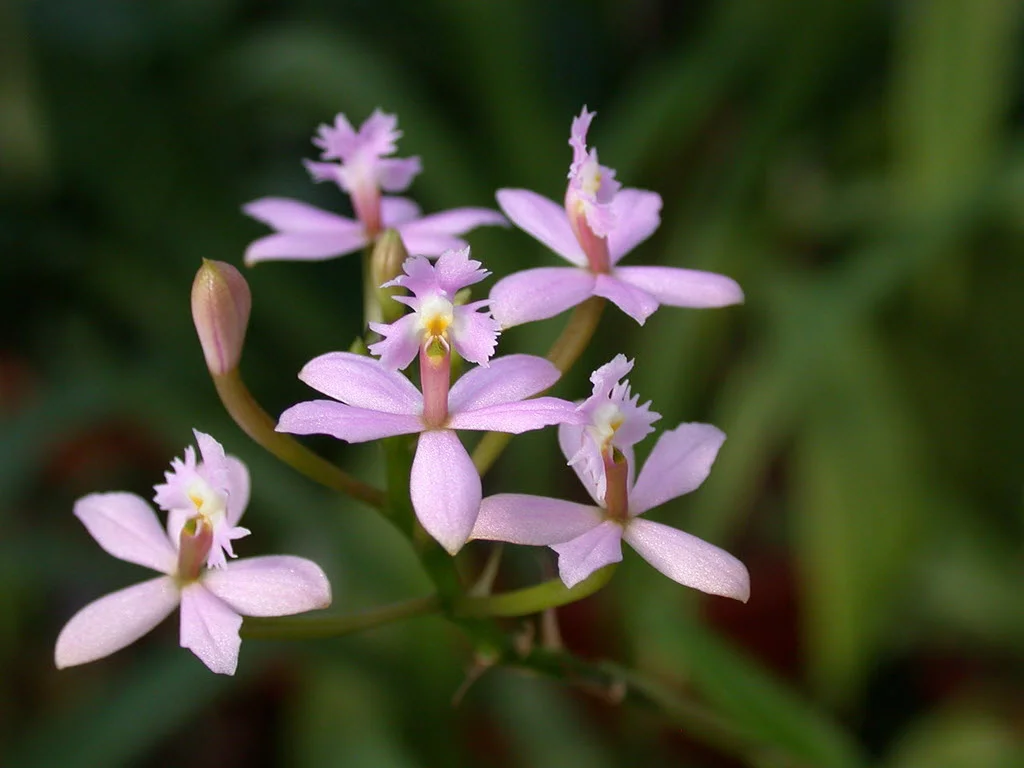Table of Contents
Pronunciation: Phalaenopsis (fayl-eh-NOP-siss)
Other Names: Moth Orchid
Introduction
The Phalaenopsis orchid is usually called the “moth orchid” because of its resemblance to that insect.
The Phalaenopsisis the most popular household orchid because it is generally easy to grow indoors and its blooms last for a long period. They can bloom for months and then rebloom as well.
A Phalaenopsis showcases blooms with a wide range of colors, sizes, and shapes.
Temperature
The most ideal temperatures for a Phalaenopsis are 70°F to 80°F (21.1°C to 26.6°C) for daytime and 85°F to 95°F (29.4°C to 35°C) during the night. To help the flower spikes grow, temperatures must drop to 55°F (12.8°C) for a few weeks during fall.
If ever your Phalaenopsis orchid feel too cold or too hot, this could cause damage to the flowers and also cause bud blast. You need to prevent this from happening by monitoring temperatures. Bud blast happens when the buds fall off before they have a chance to open.
Light
A Phalaenopsis orchid thrives under low light intensity. You will know if your Phalaenopsis is getting too much light or too little light when you observe its leaves.
Too much light will cause yellow-green leaves and possibly a red tint all over the edges of the leaves. In the meantime, too little light will cause a dark green color.
A Phalaenopsis orchid is best placed east facing a windowsill. Just keep in mind that your Phalaenopsis should not get direct sunlight in order to prevent sunburn.
Water and Humidity
The roots of a Phalaenopsis orchid must never be left to dry out. Thus, it would be best that they grow in damp conditions. You should also take note that roots should not be in standing water for it can lead to rotting.
When it comes to watering frequency, it is highly important to consider the time of the year. During warmer months, you will need to water your Phalaenopsis orchid more frequently, and less frequently during the cooler months.
You should use tepid water when watering your Phalaenopsis orchid in the morning. Always remember that the roots must never dry out completely.
When it comes to humidity, a Phalaenopsis orchid thrives in levels of 50% or higher. You can opt to use a humidity tray in order to reach the required humidity level. You can also create your own just by setting your pot atop a tray that’s filled with pebbles and water.
Proper air movement is also required with high humidity in order to prevent disease. You can promote air movement by putting an oscillating fan close by.
Feeding
A Phalaenopsis orchid must be fertilized once a month. Just make sure that your orchid’s potting medium is damp. Don’t ever fertilize an orchid that is dry. That’ll cause severe root damage.
Flush out excess fertilizer once a month in order to prevent build-up.
Potting
A Phalaenopsis orchid must be repotted once ever 1-3 years. You should also be repotting when your medium fails to drain correctly or remains soggy. Opt to repot during the springtime after the flowers have bloomed. Make sure to trim away rotting or damaged roots before repotting.
A Phalaenopsis orchid thrives well in plastic pots over clay pots.
Video
A lot of us have moth orchids that have been neglected. Here's a really easy to follow demonstration on how to remove dead roots and help clean up a neglected plant.
The Phalaenopsis orchid is the best for beginner gardeners. If you want to see all the amazing orchid species that you can grow in the future, check out our comprehensive list of the different types of orchids.











